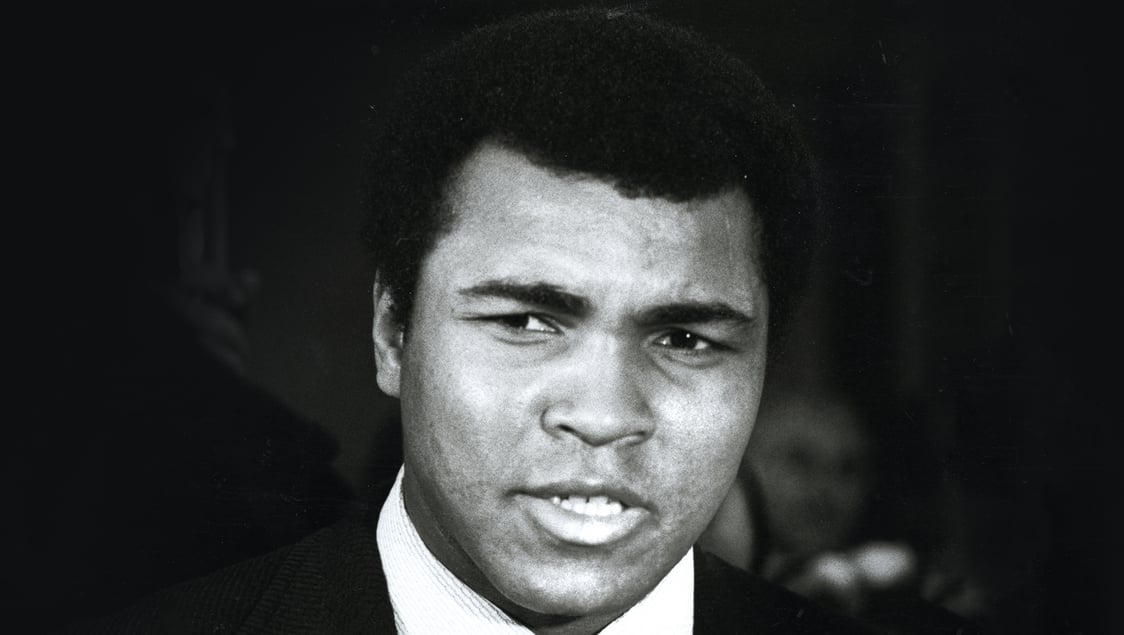
Issue 092
September 2012
Fighters Only’s guide to the evolution of martial arts at the Olympic Games.
1. MMA origins
The Ancient Olympic Games in Greece featured pankration, which is widely regarded as the earliest form of MMA. It combined striking with takedowns, chokes and joint locks. The ancient Olympics also featured wrestling and boxing, though the boxing was a considerably more barbaric incarnation than today; there were no rounds, and the fight only ended when one man either surrendered or died.
2. Into the modern era
The only martial arts event in the first modern Olympic Games of 1896 was Greco-Roman wrestling. The event was an open-weight tournament featuring two Greek wrestlers, and three competitors from other events. The winner of the event was German gymnastics champion Carl Schuhmann, despite being only five-foot-four!
3. All-American
There were no martial arts at the 1900 Olympics, but wrestling was back in the 1904 Games in St Louis, and it was joined by boxing. American athletes cleaned up in each event winning all of the medals across seven weight classes in each sport. They were the only nation competing, though.
4. Leg grabbers
Freestyle wrestling was introduced to the Games in 1908 and has proven to be a breeding ground for MMA champions. Mark Coleman, Daniel Cormier and Ben Askren all competed in the freestyle before switching to MMA.
5. Marathon matches
During the 1912 Stockholm Olympics, there was no medal winner in the Greco-Roman wrestling light heavyweight event as finalists Anders Ahlgre (Sweden) and Ivar Böhling (Finland) fought to a draw after nine hours. They were both awarded silver medals when the match was declared a draw. However, that was not the longest match at the games. Martin Klein (representing Russia) defeated Alfred Askiainen (Finland) after 11 hours and 40 grueling minutes of competition in the semi-final of the middleweight competition. Klein was so exhausted he couldn’t wrestle in the final and was awarded the silver medal.
6. Judo chop!
The first appearance of a traditional Japanese martial art at the Olympics was judo as an exhibition event during the Tokyo 1968 Games. The sport became a fully fledged Olympic sport eight years later at the Montreal Games. Female athletes first competed at Barcelona 1992, paving the way for current Strikeforce women’s bantamweight champion Ronda Rousey, who finished 9th at Athens 2004, and won bronze at Beijing 2008.
7. Asian domination
Japanese athletes have dominated judo competition winning 35 gold medals. One of those champions, Hidehiko Yoshida, proved to be one of the most popular athletes to crossover into MMA. He was part of the first all-Olympic-gold-medalist fight against Rulon Gardner at Pride Shockwave 2004, and he also defeated fellow Olympic judo gold medalist Satoshi Ishii at Dynamite!! 2009.
8. Taekwondo
Taekwondo became a full medal sport in at the Sydney games in 2000. There have been no MMA converts from the event as yet, but with the discipline forming the base of fighters such as Ben Henderson and Anderson Silva it is surely only a matter of time.
9. The greatest
The 1960 Olympic light heavyweight boxing event was notable for the gold medalist, one Cassius Marcellus Clay Jr. Better known as the man who some people still regard as the greatest boxer of all time, Muhammad Ali. Other notable Olympic boxing gold medalists include Joe Frazier, George Foreman, ‘Sugar’ Ray Leonard and Oscar De La Hoya. The only boxing gold medalist to cross over to MMA is 1980 heavyweight Ray Mercer.
10. UFC pioneers
Only two athletes have competed in the Octagon after winning Olympic gold, and it was in the early days, bringing some much-needed legitimacy to the politically under siege organization. 1984 freestyle wrestling champ Mark Schultz defeated Gary Goodridge by TKO at UFC 9 and 1992 freestyle champ Kevin Jackson was the UFC 14 middleweight tournament winner. Essential viewing for all fight fans.










